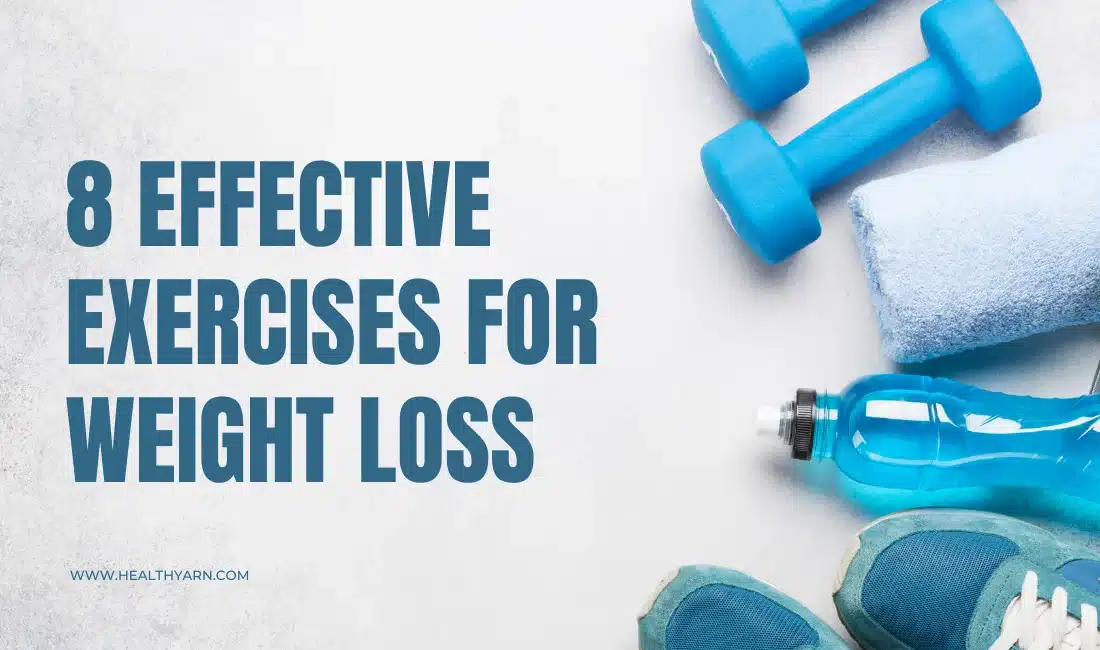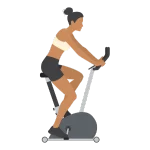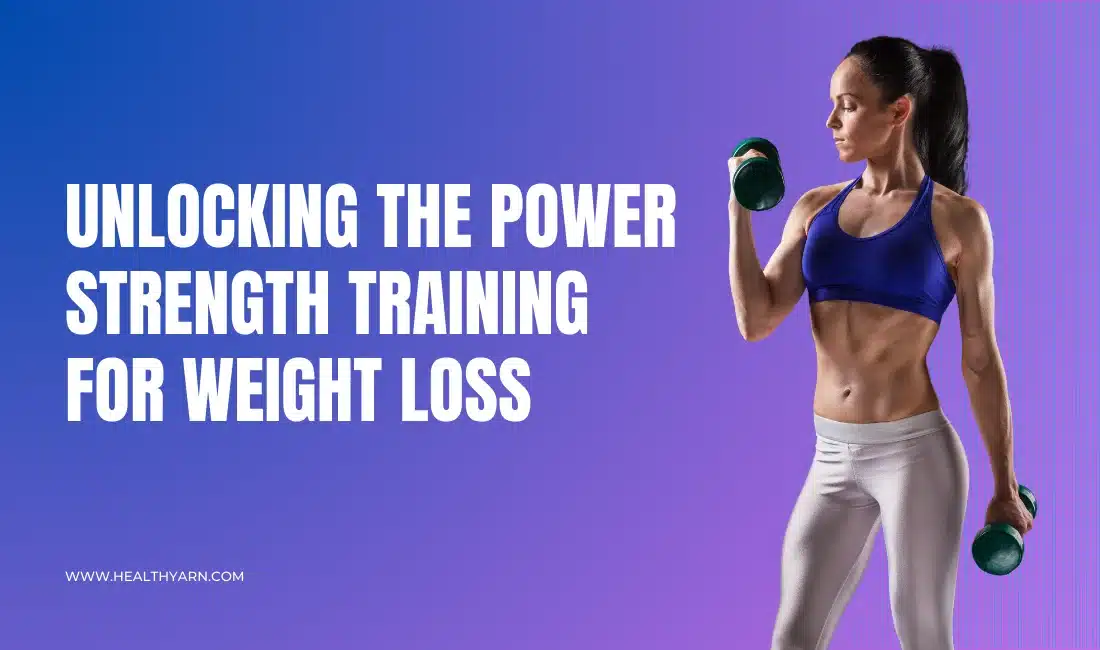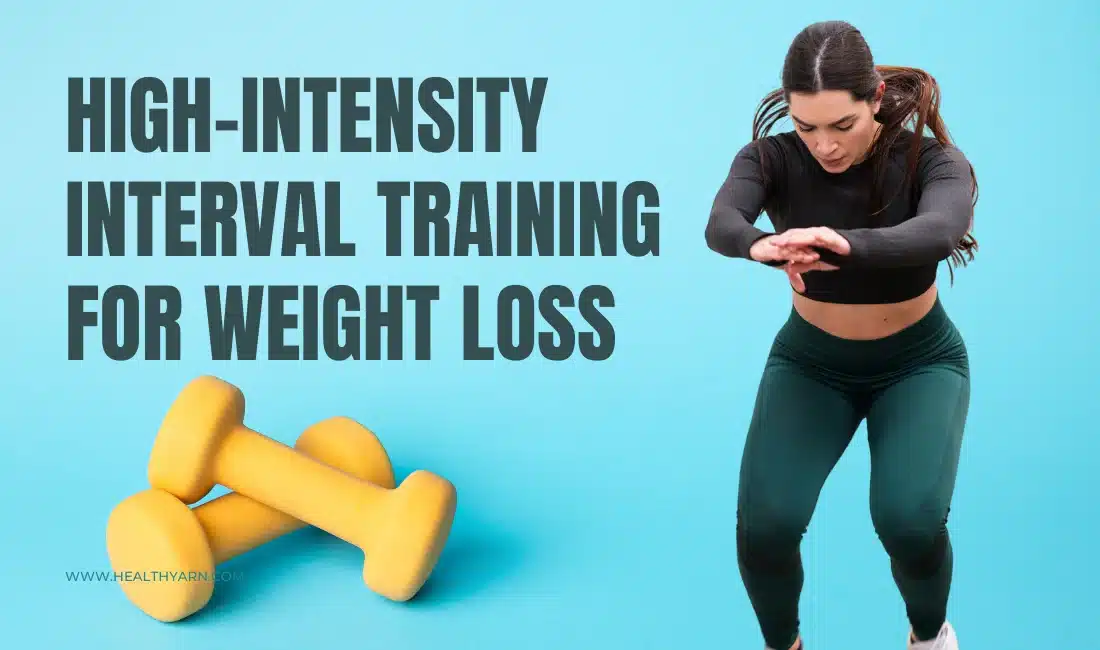8 Effective Exercises for Weight Loss
Introduction for Effective Exercise for Weight Loss
In today’s fast-paced world, where sedentary lifestyles and unhealthy eating habits are prevalent, weight loss has become a common concern and challenge for many individuals this blog post Effective Exercises for Weight Loss will help you find the right way to kick start. While a balanced diet plays a crucial role in shedding those extra pounds, incorporating exercise into your routine is equally important. In this article, we will explore the significance of exercise for weight loss and provide you with a comprehensive guide to help you achieve your goals.
Importance of Exercise for Weight Loss
Exercise serves as a powerful tool in your weight loss journey. Not only does it help you burn calories and shed excess fat, but it also offers numerous other benefits for your overall health and well-being. Regular physical activity can improve your cardiovascular health, boost your metabolism, enhance muscle strength, and increase your energy levels.
High-Intensity Interval Training (HIIT) Workouts
One popular and effective form of exercise for weight loss is High-Intensity Interval Training (HIIT). HIIT workouts involve alternating periods of intense exercise with short recovery periods. This approach allows you to burn a significant amount of calories in a shorter amount of time.
Explanation of HIIT Workouts
HIIT workouts typically consist of short bursts of intense exercise followed by brief periods of rest or active recovery. This method challenges your body and keeps your heart rate elevated, resulting in increased calorie burn during and after the workout.
List of common HIIT Effective Exercises for Weight Loss with Instructions
- Burpees: Begin in a standing position, drop into a squat position, and then kick your feet back into a push-up position. Quickly return to the squat position and jump up explosively.
- Mountain Climbers: Start in a push-up position, bring one knee toward your chest, and then quickly switch legs in a running motion.
- Jumping Jacks: Stand with your feet together and arms by your sides. Jump while simultaneously spreading your legs and raising your arms overhead. Jump again to return to the starting position.
- High Knees: Stand with your feet hip-width apart. Alternate lifting your knees as high as possible while running in place.
- Squat Jumps: Begin in a squat position, then explode upward into a jump, reaching as high as you can. Land softly back into the squat position.
Duration and Frequency Recommendations
To reap the benefits of HIIT, aim for 20-30 minutes of high-intensity workouts, three to four times per week. Remember to warm up before each session and cool down afterward to prevent injuries.
Cardiovascular Exercises for Weight Loss
Cardiovascular exercises, also known as cardio, are essential for burning calories and improving your heart health. Here’s what you need to know about cardio exercises:
Description of Various Cardio Exercises
Cardio exercises encompass a wide range of activities that elevate your heart rate and keep it elevated for an extended period. Some popular cardio exercises include running, cycling, swimming, brisk walking, and dancing.
Guidelines for Proper Execution
To perform cardio exercises effectively and maximize weight loss benefits, consider the following guidelines:
- Choose an activity that you enjoy to stay motivated.
- Gradually increase the duration and intensity of your workouts.
- Maintain proper form and technique to prevent injuries.
- Listen to your body and take rest days when needed.
Suggestions for Incorporating Cardio into Daily Routines
Incorporating cardio into your daily routine can be easier than you think. Here are a few suggestions:
- Take the stairs instead of the elevator.
- Walk or bike to work instead of driving.
- Schedule regular walking breaks during your workday.
- Participate in group fitness classes or sports activities.
Strength Training Exercises for Weight Loss
Strength training, or resistance training, is another vital component of a well-rounded weight loss exercise routine. Let’s explore why strength training is important and provide you with a list of exercises to get you started:
Importance of Strength Training
While cardio exercises primarily focus on burning calories during the workout, strength training helps build lean muscle mass. Increased muscle mass raises your basal metabolic rate, which means your body burns more calories even at rest. Additionally, strength training improves overall body composition, enhances bone density, and boosts functional strength.
List of Strength Training Exercises with Form Guidance
- Squats: Stand with your feet shoulder-width apart. Bend your knees and lower your hips as if you are sitting back into a chair. Keep your chest up and your weight on your heels. Return to the starting position by extending your legs.
- Deadlifts: Stand with your feet shoulder-width apart and a barbell in front of you. Hinge at your hips, keeping your back straight, and grip the barbell with an overhand grip. Lift the barbell by extending your hips and knees, then lower it back down with control.
- Push-ups: Start in a plank position with your hands shoulder-width apart. Lower your body by bending your elbows until your chest nearly touches the ground. Push yourself back up to the starting position.
- Lunges: Stand with your feet hip-width apart. Step forward with one foot, bending both knees until your back knee is a few inches off the ground. Push through your front heel to return to the starting position. Alternate legs for each repetition.
- Plank: Begin in a push-up position, then lower yourself onto your forearms. Keep your body in a straight line from head to heels, engaging your core muscles. Hold this position for the desired duration.
Recommendations for Sets, Reps, and Frequency
For beginners, aim for two to three strength training sessions per week. Perform two to three sets of 8-12 repetitions for each exercise, allowing a rest period of 48 hours between sessions. As you progress, you can increase the intensity by adding more weight or adjusting the number of sets and repetitions.
Low-Impact Exercises for Weight Loss
If you have joint issues or prefer a gentler approach to exercise, low-impact exercises are an excellent choice. Let’s delve into the benefits and provide examples of low-impact exercises:
Discussion of Low-Impact Exercise Options
Low-impact exercises are gentle on your joints while still providing an effective workout. They minimize stress on your body and reduce the risk of injuries. Examples of low-impact exercises include swimming, cycling, elliptical training, rowing, and yoga.
Examples of Suitable Exercises
- Swimming: A great full-body workout that is easy on the joints. Swim laps or participate in water aerobics classes.
- Cycling: Whether indoors on a stationary bike or outdoors on a road or trail, cycling is a low-impact exercise that can be enjoyed by people of all fitness levels.
- Elliptical Training: This machine mimics the motions of walking, jogging, or running without the impact on your joints. It provides an excellent cardiovascular workout.
- Rowing: Rowing engages multiple muscle groups and offers a low-impact, high-intensity workout. You can use a rowing machine or join a rowing class.
- Yoga: Yoga combines gentle stretching, strengthening, and balance exercises. It promotes relaxation, flexibility, and mindfulness.
Benefits of Low-Impact Exercises
Engaging in low-impact exercises provides several benefits, including:
- Reduced stress on joints, making them suitable for people with arthritis or joint pain.
- Improved cardiovascular health and stamina.
- Enhanced flexibility, balance, and posture.
- Effective calorie burning and weight loss when combined with a healthy diet.
Targeted Exercises for Specific Areas
While spot reduction is not possible, targeted exercises can help tone and strengthen specific areas. Let’s explore exercises for targeting stubborn areas like belly fat and provide a range of exercises for different body parts:
Exercises for Specific Areas like Belly Fat
- Crunches: Lie on your back with your knees bent and feet flat on the floor. Place your hands behind your head and lift your upper body off the ground, engaging your abdominal muscles. Slowly lower yourself back down.
- Russian Twists: Sit on the floor with your knees bent and feet off the ground. Lean back slightly and twist your torso to the right, then to the left, while keeping your core engaged.
- Plank Hip Dips: Start in a plank position on your forearms. Lower your hips to one side without touching the ground, then repeat on the other side. This exercise targets your obliques.
- Leg Press: Using a leg press machine, push the weight away from you by extending your legs. This exercise targets your quadriceps, hamstrings, and glutes.
- Dumbbell Shoulder Press: Stand with your feet shoulder-width apart, holding dumbbells at shoulder height. Push the dumbbells overhead until your arms are fully extended. This exercise targets your shoulders and triceps.
Range of Exercises to Target Specific Areas
Apart from belly fat, here are some exercises that target other areas:
- Back: Bent-over rows, lat pulldowns, and reverse flyes.
- Arms: Bicep curls, tricep dips, and push-ups.
- Legs: Squats, lunges, and calf raises.
- Glutes: Glute bridges, hip thrusts, and donkey kicks.
- Chest: Bench press, chest flies, and push-ups.
Tips for Effective Targeting
To effectively target specific areas:
- Perform exercises that engage the targeted muscle group.
- Maintain proper form and technique to avoid injuries.
- Include a variety of exercises to work the muscles from different angles.
- Combine targeted exercises with overall strength training and cardio workouts for optimal results.
Full-Body Exercises for Weight Loss
Full-body exercises engage multiple muscle groups simultaneously, providing a comprehensive workout. Let’s uncover the benefits and explore examples of full-body exercises:
Introduction to Full-Body Exercises
Full-body exercises, as the name suggests, involve movements that work multiple muscle groups in your body. These exercises maximize calorie burn, improve overall strength, and enhance coordination and stability.
Examples of Exercises Engaging Multiple Muscle Groups
- Burpees: This exercise works your arms, chest, legs, and core. It incorporates both cardio and strength training components.
- Squat Thrusts: Begin in a standing position, then squat down and place your hands on the floor. Kick your feet back into a push-up position, then quickly return to the squat position and stand up.
- Clean and Press: Start with a weighted barbell or dumbbells on the floor. Squat down, grasp the barbell or dumbbells, stand up explosively, and then press the weight overhead.
- Mountain Climber Push-ups: Perform a push-up, then bring one knee toward your chest and quickly switch legs in a running motion.
- Kettlebell Swings: Hold a kettlebell with both hands and stand with your feet shoulder-width apart. Swing the kettlebell between your legs, then drive your hips forward to propel the kettlebell up to shoulder height.
Benefits of Full-Body Exercises
Incorporating full-body exercises into your routine offers several advantages, such as:
- Efficient calorie burning and fat loss due to engaging multiple muscle groups simultaneously.
- Improved functional strength, coordination, and stability.
- Time-saving, as you can achieve a complete workout in less time compared to isolating individual muscle groups.
Metabolism-Boosting Exercises for Weight Loss
Understanding the connection between metabolism and weight loss is crucial for achieving your goals. Let’s delve into this topic and explore exercises that can boost your metabolism:
Explanation of Metabolism and Weight Loss Connection
Metabolism refers to the processes that occur in your body to convert food into energy. Your metabolic rate determines how many calories you burn at rest. Increasing your metabolic rate can aid in weight loss, as it leads to more calories burned throughout the day.
Exercises for Boosting Metabolism
- Strength Training: Building lean muscle mass through strength training raises your basal metabolic rate, as muscles require more energy to maintain than fat.
- High-Intensity Interval Training (HIIT): HIIT workouts increase your metabolic rate and keep it elevated even after you finish exercising.
- Compound Exercises: Exercises that engage multiple muscle groups, such as squats, deadlifts, and kettlebell swings, require more energy and boost your metabolism.
- Circuit Training: Perform a series of exercises back-to-back with minimal rest. This keeps your heart rate elevated and promotes calorie burn.
Insights into the Impact on Weight Loss
By incorporating metabolism-boosting exercises into your routine, you can:
- Increase calorie burn, both during and after exercise.
- Enhance your body’s ability to utilize stored fat as an energy source.
- Improve overall metabolic health and efficiency.
Exercises for Beginners
Starting a weight loss exercise routine can be intimidating, especially for beginners. Here’s a dedicated section to guide beginners through their fitness journey:
Recommendations for Beginner-Friendly Exercises
As a beginner, it’s crucial to start slowly and gradually increase the intensity. Here are some beginner-friendly exercises to consider:
- Brisk Walking: Walking is a low-impact exercise that can be easily incorporated into your daily routine.
- Stationary Cycling: Start with light resistance and gradually increase the duration and intensity as your fitness improves.
- Bodyweight Exercises: Perform exercises like squats, lunges, push-ups, and planks to build strength and endurance.
- Yoga or Pilates: These activities focus on flexibility, balance, and core strength, making them ideal for beginners.
Guidance on Progression
To progress in your fitness journey as a beginner:
- Increase the duration and frequency of your workouts gradually.
- Gradually add resistance or weight to your exercises as you build strength.
- Consider working with a certified personal trainer to create a tailored program and ensure proper form.
Conclusion and Final Tips
In conclusion, exercise is a vital component of a successful weight loss journey. By incorporating a variety of exercises into your routine, you can achieve optimal results. Remember these key points:
- Stay consistent and make exercise a habit.
- Choose activities that you enjoy to stay motivated.
- Combine cardio, strength training, targeted exercises, and full-body workouts for a well-rounded approach.
- Listen to your body and adjust the intensity and duration of your workouts accordingly.
- Prioritize proper nutrition and a balanced diet to support your weight loss goals.
For personalized advice and guidance, it’s always recommended to consult a healthcare professional or certified fitness trainer.














